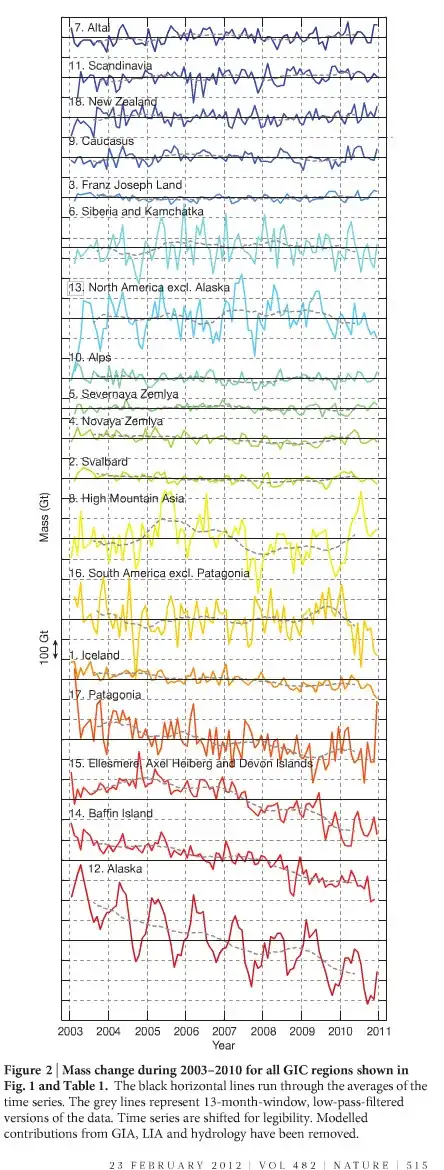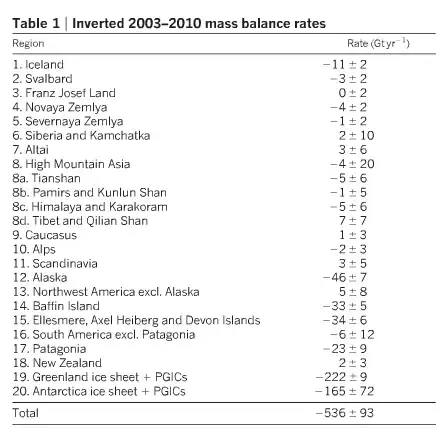There seems to be a scientific consensus that glaciers are melting.
For instance:
Buzzle (Non-peer reviewed web-article):
The last century has been a problem for glaciers across the globe. They are melting, but at an alarming rate. Fresh snow that replaces the melting ice is not able to maintain the size of almost any glacier worldwide. One of the main causes for this is thought to be 'global warming'. As the average global temperature keeps on increasing, ice from glaciers keep melting faster.
Wikipedia on Retreat of glaciers since 1850
Since 1980, a significant global warming has led to glacier retreat becoming increasingly rapid and ubiquitous, so much so that some glaciers have disappeared altogether, and the existence of a great number of the remaining glaciers of the world is threatened.)
-
ASU geologist Rick Wessels is part of an international team of scientists studying the climate of the entire earth over several years with the Global Land Ice Measurement from Space (GLIMS) project. The team, led by United States Geological Survey (USGS) scientist Hugh Kieffer, is monitoring climate change by tracking the melting of glaciers across the earth. The global scale combined with a long study period will give the scientists the broad perspective needed to determine whether worldwide changes in climate are actually taking place. But in only seven months of monitoring, Wessels has already seen melting in glaciers all over Earth, which provides some solid evidence -- or liquid evidence -- for global warming.
However, some glaciers are growing:
- The Telegraph
Glaciers in parts of the greater Himalayas are growing despite the worldwide trend of ice melting due to warmer temperatures, a study has found.
- Do these finds show that glaciers are, overall, not shrinking?
- Do these expanding glaciers show that there has not been any global warming?

